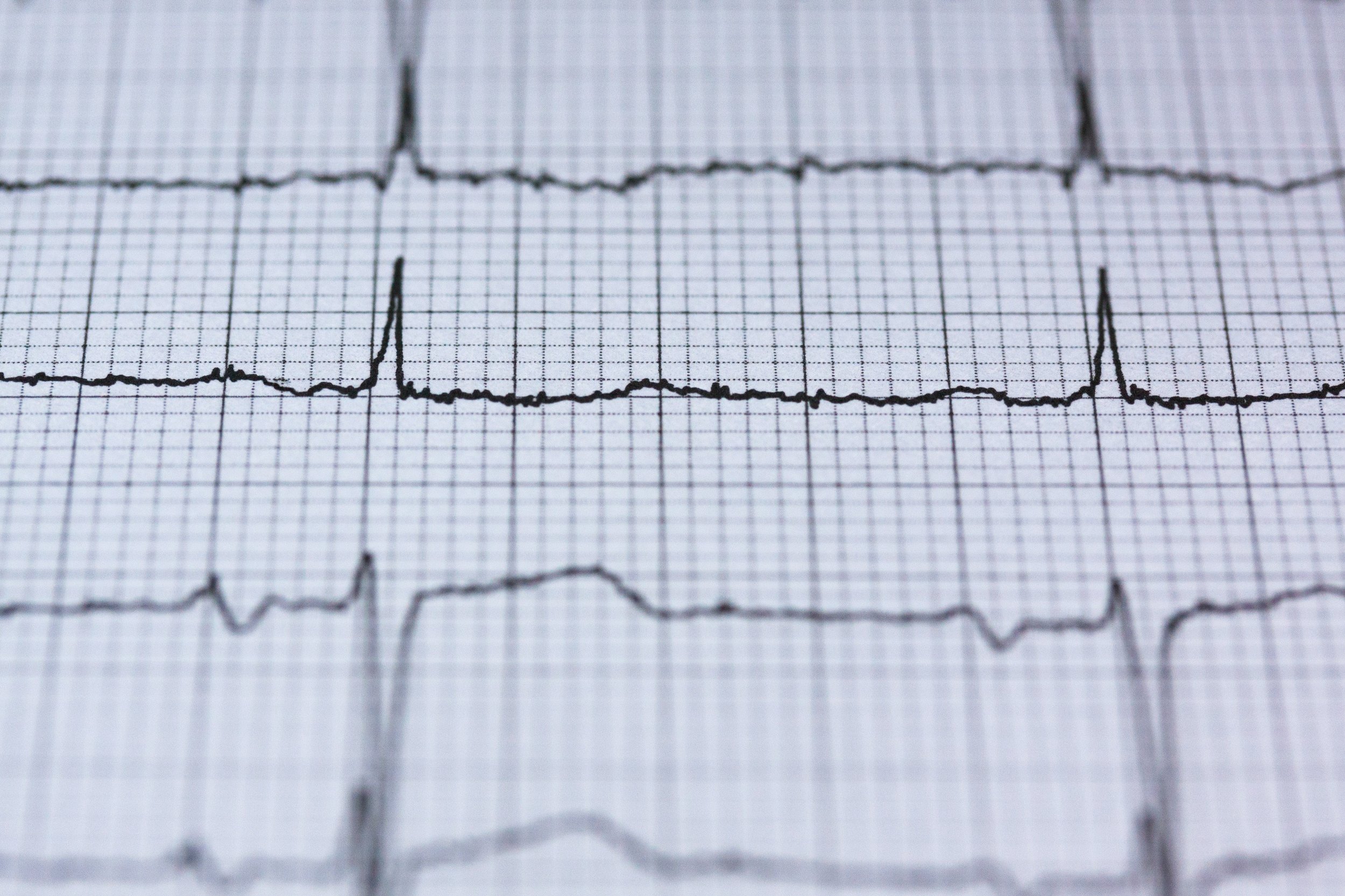Heart Rate Variability: The Key to Better Training & Recovery
Why Heart Rate Variability (HRV) Matters for Endurance Athletes
In the world of running, triathlon, and endurance sports, we track pace, power, sleep, recovery, and nutrition—but what if we could track something even more powerful? Something that tells us whether we’re overtraining, under-recovering, or primed to perform?
That’s where Heart Rate Variability (HRV) comes in.
HRV is an incredible indicator of overall health, stress resilience, and recovery, making it a must-track metric for any female endurance athlete looking to optimise performance while maintaining balance.
If you’re constantly tired, struggling with motivation, or feeling like you’re pushing hard but not progressing, your HRV might be trying to tell you something.
Let’s break it down—what HRV is, why it matters, and how to improve it for better training, recovery, and overall well-being.
What is HRV? A Simple Breakdown
HRV stands for Heart Rate Variability—which measures the variation in time between your heartbeats.
💡 Key takeaway: The more adaptable your heart rate is, the healthier and more resilient your nervous system is.
High vs. Low HRV: What It Means for Your Body
Higher HRV = More adaptability & better recovery
Indicates a stronger nervous system and better stress resilience
Shows that your body is recovering well and ready for performance
Lower HRV = Higher stress & less adaptability
May signal overtraining, fatigue, or poor recovery
Can indicate chronic stress or lack of sleep
💡 Think of HRV like a traffic light for your body—when it’s high, you’re good to push harder. When it’s low, it’s time to prioritise recovery.
Why HRV is Essential for Female Endurance Athletes
For women balancing training, work, family, and life, stress can come from more than just workouts. Hormonal shifts, sleep quality, work stress, and life demands all impact recovery—and HRV tracks it all.
HRV Shows You When to Push vs. When to Rest
Instead of relying on how you feel, HRV gives data-driven insights into your recovery.
💡 Example: If your HRV is low, your body might need an easier session, extra sleep, or more hydration—even if your training plan says otherwise.
HRV Reflects Your Overall Health, Not Just Training Load
Poor HRV isn’t just about overtraining—it can be impacted by:
Poor sleep quality
Mental stress & anxiety
Inadequate nutrition or hydration
Hormonal fluctuations (especially during the menstrual cycle)
💡 By improving HRV, you improve your overall well-being—not just your athletic performance.
How to Improve HRV for Better Recovery & Performance
If your HRV is low, don’t panic—there are simple ways to boost it.
Prioritise Quality Sleep
💡 Sleep is the #1 way to improve HRV.
Aim for 7-9 hours of high-quality sleep per night
Stick to consistent sleep & wake times
Reduce screen time & blue light exposure before bed
🔥 Quick fix: Try a 5-minute breathwork or meditation session before bed to calm the nervous system and improve HRV.
Manage Stress (Your Nervous System Will Thank You)
HRV is a direct reflection of how well you handle stress—and stress isn’t just mental, it’s physical too.
Mindfulness, meditation, or deep breathing can instantly boost HRV
Journaling or reflection can help offload mental stress
Time outdoors & social connection helps reset your nervous system
🔥 Quick fix: Use the 4-7-8 breathing technique (inhale for 4s, hold for 7s, exhale for 8s) to quickly activate the parasympathetic nervous system.
Fuel & Hydrate Properly
Your HRV is impacted by nutrition and hydration—a poorly fuelled athlete is a stressed athlete.
Electrolytes & hydration support cardiovascular function
Whole, nutrient-dense foods provide essential vitamins & minerals
Balancing macronutrients (carbs, protein, healthy fats) stabilises energy & recovery
🔥 Quick fix: Try starting your day with a glass of water & sea salt to hydrate before coffee.
Train Smarter, Not Harder
Overtraining = HRV disaster.
Mix high & low-intensity sessions to avoid chronic stress
Strength train to build resilience & protect against injury
Use active recovery (walks, yoga, easy swims) to improve HRV
🔥 Quick fix: If HRV is low, swap a hard session for mobility work, yoga, or an easy run.
Support Your Hormonal Cycle
Women’s HRV naturally fluctuates across the menstrual cycle.
HRV tends to drop in the luteal phase (pre-period) due to increased stress & inflammation
Focus on rest, hydration, and fuelling well during this phase
Lean into strength & intensity during the follicular phase when HRV is higher
🔥 Quick fix: If HRV drops before your period, prioritise hydration, magnesium-rich foods, and stress management.
How to Track HRV (Best Tools & Apps)
You don’t need a lab test to track HRV—many wearables and apps make it easy.
Best HRV Trackers for Endurance Athletes:
✅ Oura Ring – Great for sleep & recovery tracking
✅ Whoop Band – Provides detailed HRV & strain analysis
✅ Garmin / Polar Watches – Integrated HRV tracking for training insights
✅ HRV4Training App – Uses your phone camera for HRV tracking
💡 Tip: Track HRV first thing in the morning before caffeine, food, or exercise for the most accurate reading.
Final Thoughts: HRV is Your Recovery Superpower
If you’re serious about balancing training, recovery, and overall health, HRV is one of the most valuable metrics you can track.
Key Takeaways:
Higher HRV = Better recovery & resilience
Lower HRV = Stress, fatigue, or under-recovery
HRV is influenced by sleep, stress, nutrition, training load, and hormones
Small, daily habits can dramatically improve HRV over time
💡 The bottom line? Training is only half the equation—your ability to recover determines how strong you get.
Want to Train Smarter & Recover Better?
At Pretty Strong Coaching, we help busy women train with purpose, recover properly, and optimise their health—so they can perform at their best without burnout.
RELATED POSTS





